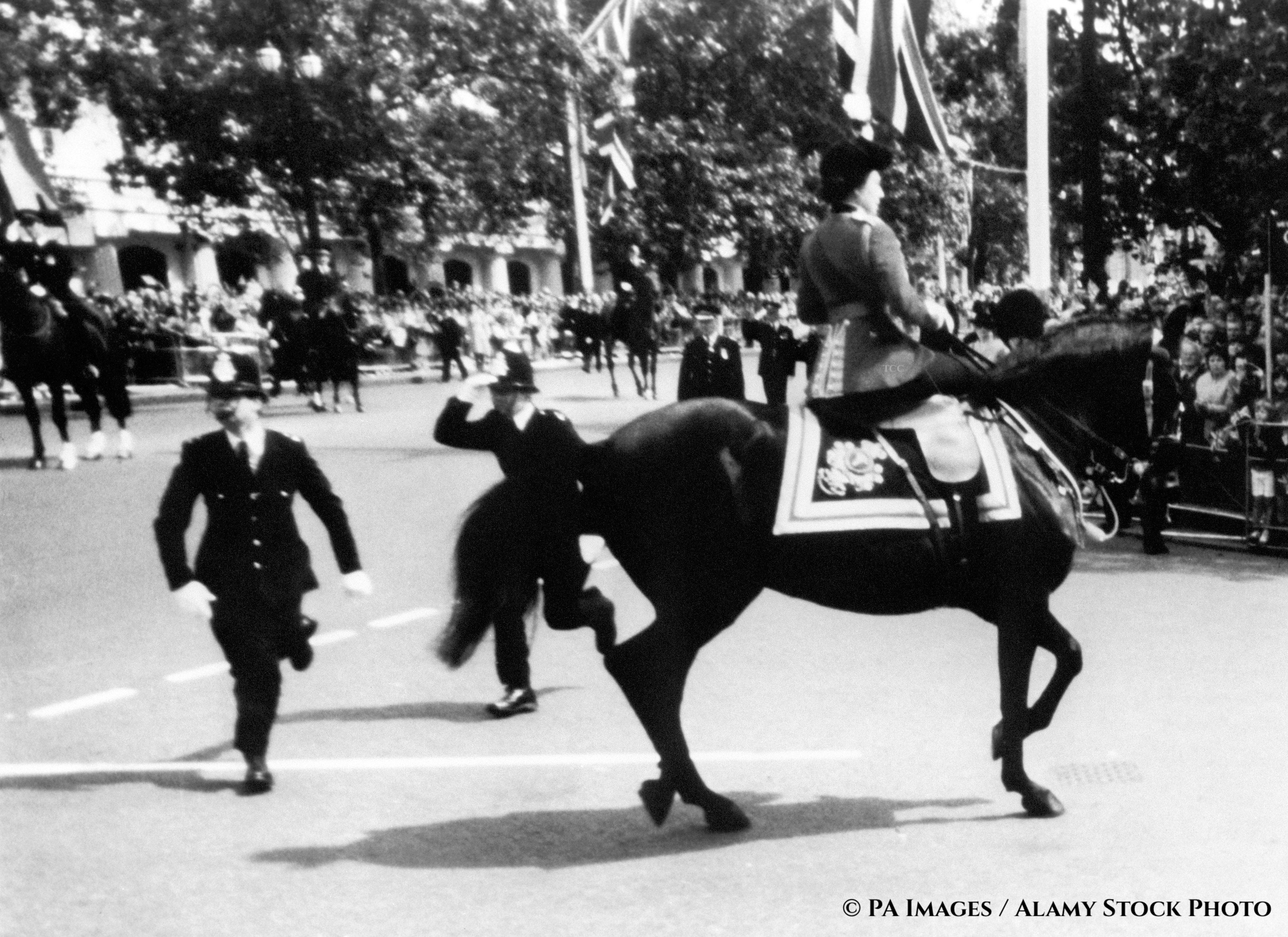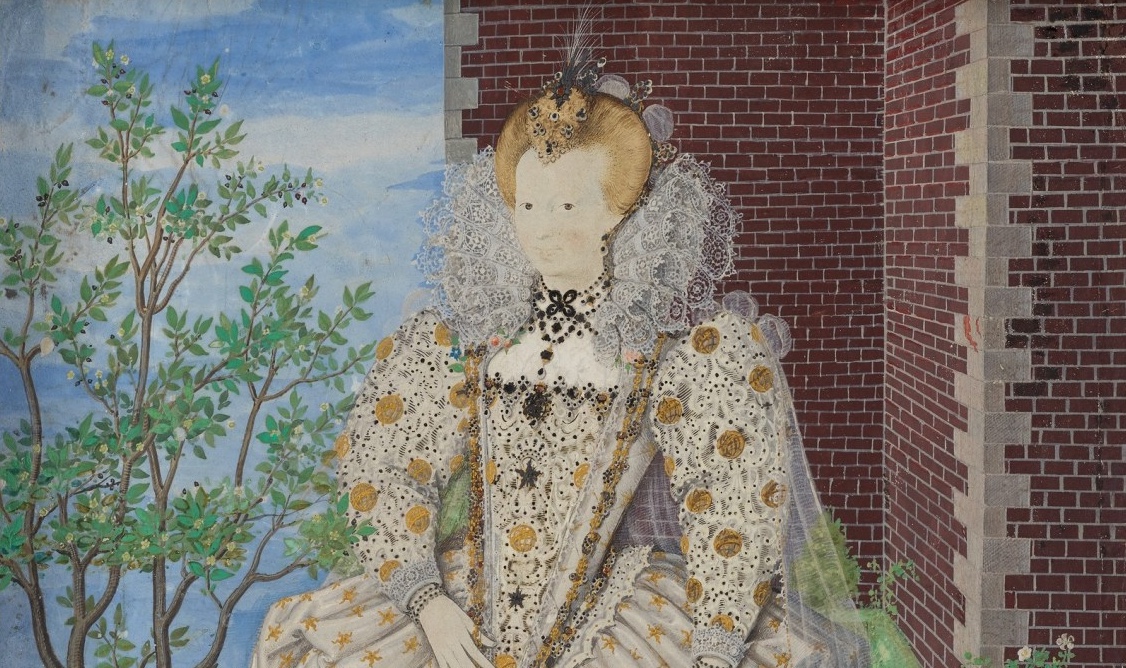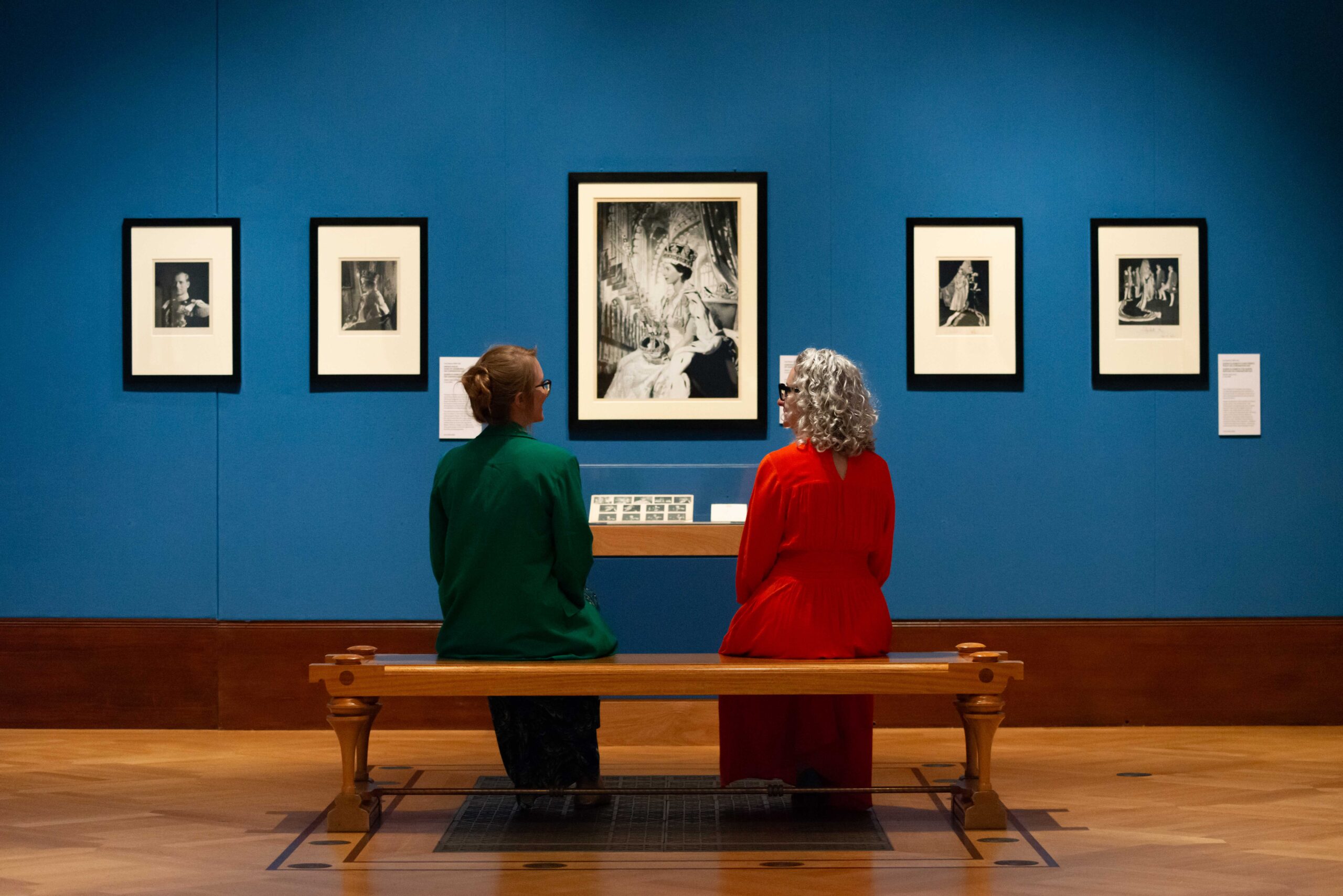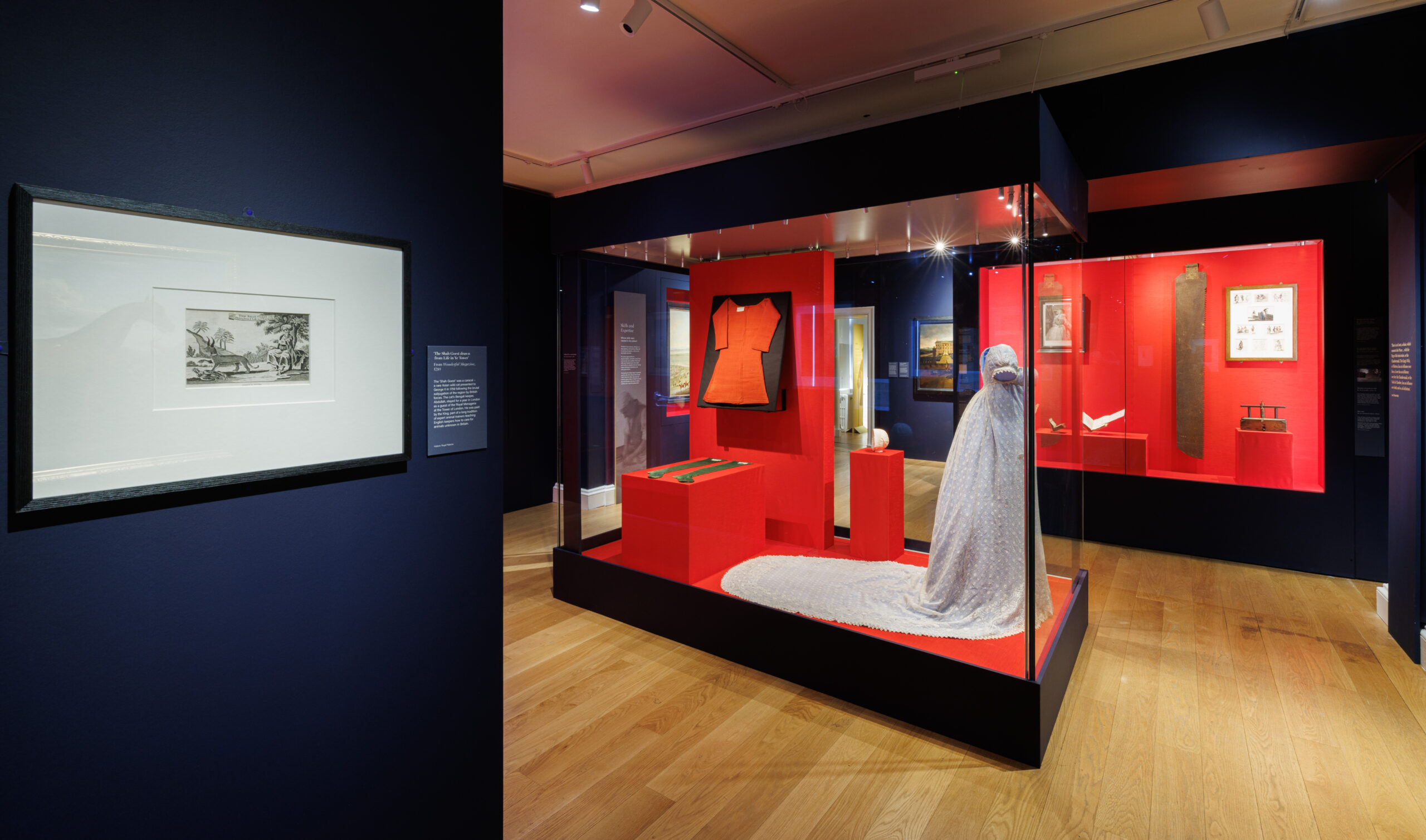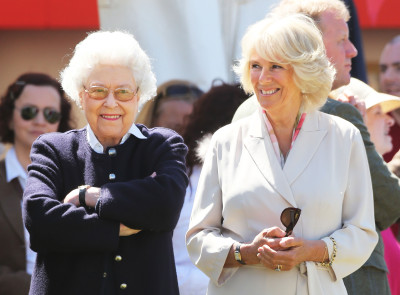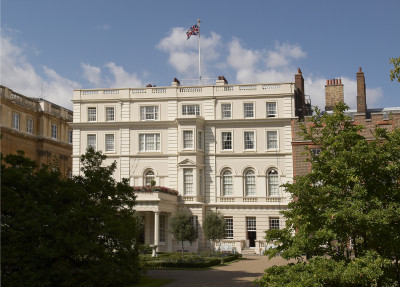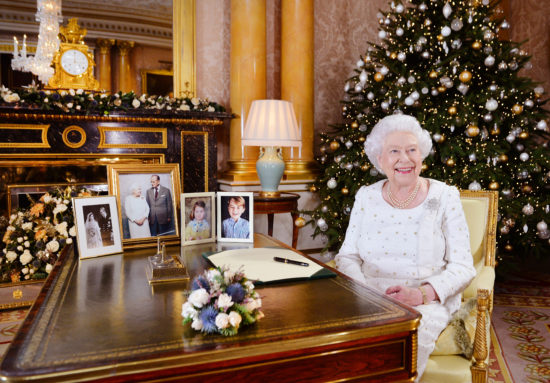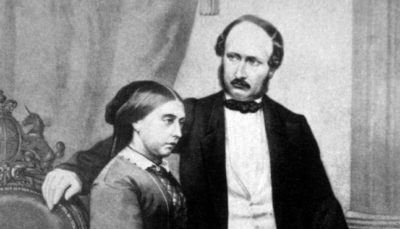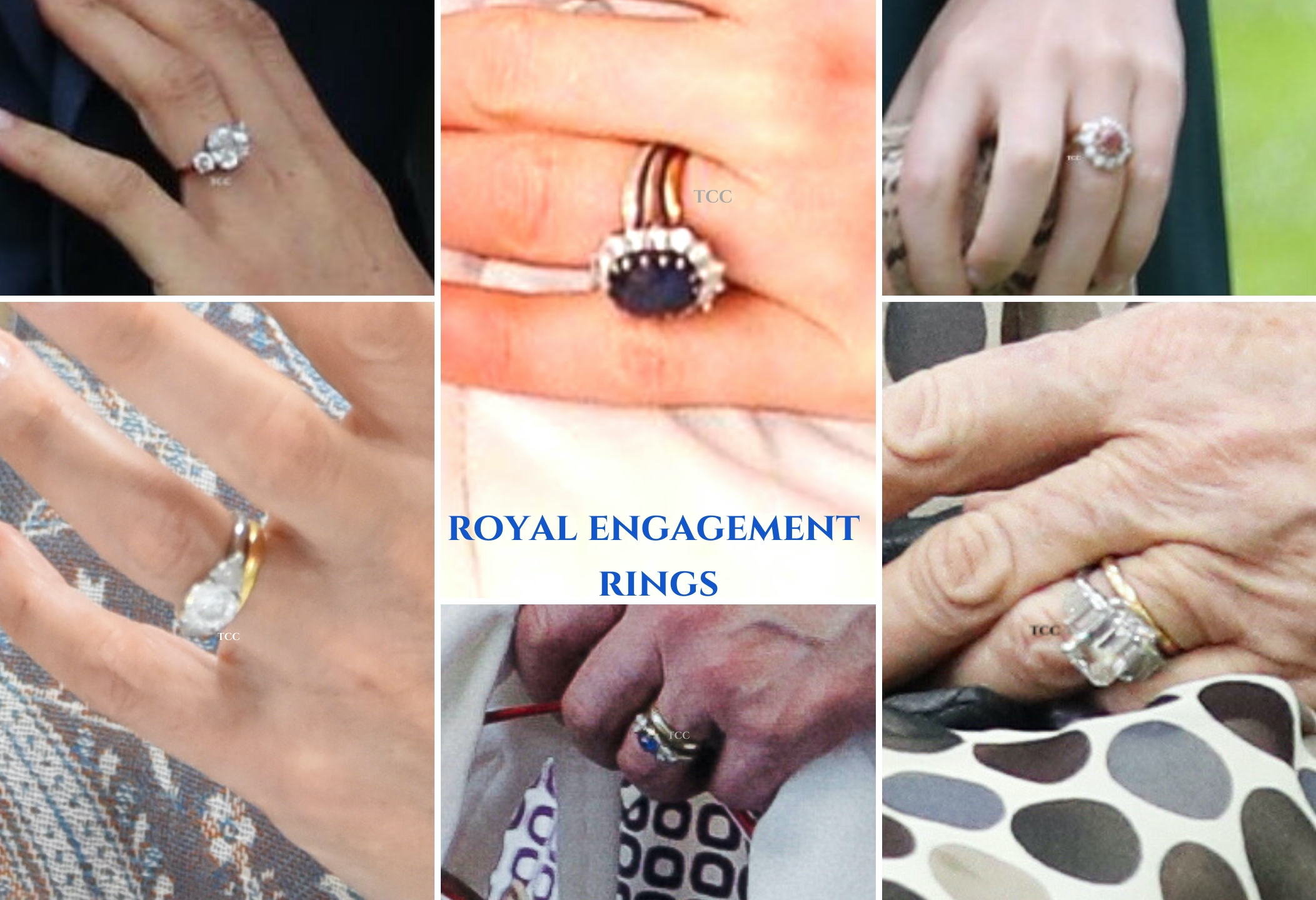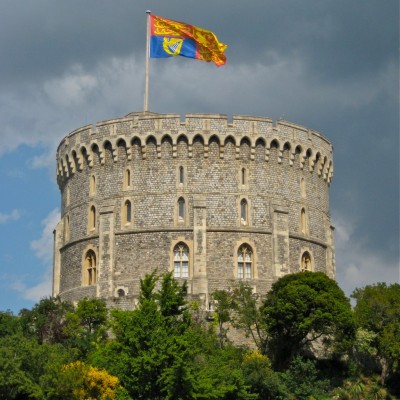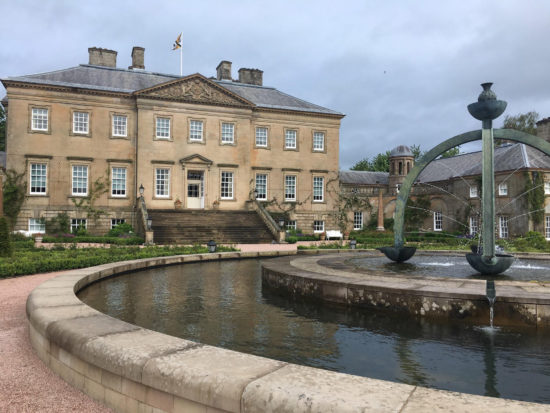The Stone of Destiny will play an important role in the coronation of King Charles III in May, and comes with a long, and complex history. But what exactly is it and where does it come from?
The Stone of Destiny has many names, including the Stone of Scone (pronoucned ‘scoon’), and the Coronation Stone. It is – essentially – a large block of red sandstone, which has long played a part in the crowning of Scottish, English and later British Monarchs. It measures roughly 66 cm (26 inches) by 42.5cm (16 inches) by 27cm (10 inches) and wights approximately 152kg (336 pounds).
The origins of the Stone of Destiny
The story of the stone begins in the year 501AD, when the stone was transported from Ireland to Argyll by Fergus Mor, the founder of Scotland, for his crowning as King. This story was recorded in a chronicle in the 15th century, but it is unknown exactly what the significance of this particular stone is – how or why it was important for the ceremony.
It was originally reported as being the Lia Fail – a stone at the Inauguration Mound of Tara in County Meath – used for the crowing of the High Kings of Ireland; but some say that is impossible, as the originally stone reputedly still lives in Tara.
Others have said the stone goes back to biblical times and could possibly be the Stone of Jacob, taken by Jacob from Bethel on his way to Haran, modern day Turkey. It was then brought to Ireland by the prophet, Jeremiah.

The Stone of Destiny also known as the Stone of Scone, and often referred to in England as The Coronation Stone.

The Stone of Scone or Destiny up close
While we cannot be sure of the origin of the stone, what we do know is that it made its way to England in 1296 during the First Scottish War for Independence. It was taken by Edward I from Scone Abbey and from there, to Westminster Abbey, where the Coronation Chair was made to house the stone. It has been used for the coronation of each English and British Monarch ever since.
However things could have been different: in the 1382 Treaty of Northampton, between the two separate Kingdoms of England and Scotland, agreed that the stone would return to its rightful home north of the border. When it came to moving it from Westminster Abbey, however, protests prevented its removal.
In 1603, the stone would once again be used by a Scottish King for his coronation, when James VI of Scotland became James I of England following the death of Elizabeth I. He was crowned on 25th July that year, but outbreaks of plague restricted the celebrations.
There is considerable doubt as to whether the stone used in coronations is the actual Stone of Destiny. Geologists have found that the object is a lower Old Red Sandstone, which was quarried near to Scone and that, what we consider the Stone of Destiny, does not match historic descriptions given of the original.
However, Historic Scotland, who look after the piece today, are confident what we identify today as the Stone of Destiny is the same as that taken by Edward I.
It has been said that monks either hid the real stone in the River Tay or buried it on Dunsinane Hill, near Scone.
The Coronation Stone and its multiple homes
The Stone was damaged on the 11th June 1914 by a suffragette bomb, which had been planted right beside the Coronation Chair in Westminster Abbey. The bomb, planted by members of the Women’s Social and Political Union as part of a campaign of violence to push for women’s right to vote, was filled with nuts and bolts and took off a corner of the Coronation Chair, too. The fact that it had also damaged the Stone’s structure would not be realised until 1950.
During World War II, the stone and chair were taken to Gloucester Cathedral for protection. There was such a panic about what could happen if the stone was to fall into the hands of the Nazis, that it was hidden behind lead coffins in a burial vault under Abbot Islip’s Chapel.
Very few people knew its location and, to prevent its hiding place being left unknown if those people were to die during the war, three maps were drawn up showing its location. Two of the maps were sealed and sent to Canadian Prime Minister William King, who deposited the maps in a Bank of Canada Vault in Ottawa. The third map was destroyed once word of the other two being safely hidden came.
There was a suggestion from the royal household to Surveyor of The Fabric at Westminster Abbey, Charles Peer, that the stone should be taken to Scotland for safety – but Peer refused to let that happen, believing the Scots would not give it back, due to its contested history.
Theft
The Stone was not always safe, however… On Christmas Day 1950, four Scottish students, Ian Hamilton, Gavin Vernon, Kay Matheson and Alan Stuart took the stone from Westminster Abbey. While removing it, the Stone broke in half as a result of the 1914 bomb.
The greater part of the stone was taken and buried by the four men in a field in Kent, where they camped out for a few days, before digging it back up and journeying on to Scotland. According to an American Diplomat working in Edinburgh at the time of the robbery, unbeknownst to the American consulate’s Public Affairs Officer, the stone was stored in the trunk of his car for a time before it was taken up further north.
The smaller part of the stone would join it a little time later and the two halves would be repaired professionally by Glaswegian stonemason, Robert Gray.
Embed from Getty Images Embed from Getty Images
The British Government ordered a major search to take place to find the stone but they were unsuccessful. On the 11th April 1951, the sacred object was found on the altar of Arbroath Abbey. Once police in London were informed of its reappearance, it was taken back to Westminster Abbey. However, rumours did circulate that the stone that was found on the altar was actually a copy of the original.
In a 2008 interview, Hamilton spoke of the heist. ‘I’m not ashamed, in fact I’m rather proud. We drove down the bleak, narrow roads to London to hurt no one. Rather to puncture England’s pride. To save no one but the ruined hopes of our country.’
In the late 1970s, there was another attempt (unsuccessful in this case) by a Glasgow student to take the stone. Concerns were sufficient about proving the authenticity of the stone if it was ever taken, that a small lead tube containing a triangle of paper – an offcut from an official authentication document – was inserted into the side of the stone and sealed.
The Stone returns to Scotland
The Stone of Destiny was officially returned to Scotland in November 1996, with a handover ceremony taking place on the border. On the 30th November – St Andrew’s Day – there was an official handover ceremony held at Edinburgh Castle with the late Queen being represented by The Duke of York.

A replica of the Stone of Destiny is kept at Scone Palace. (Bill Jay/Flickr)
Elizabeth II had signed a Royal Warrant to the Commissioners of the Regalia, which transferred the stone into the safekeeping of Edinburgh Castle. The warrant makes the commissioners responsible for ensuring the stone returns to Westminster Abbey for all future coronations.
The important object still resides at Edinburgh Castle, alongside the Honours (Crown Jewels) of Scotland. It is planned to be removed in 2024 and taken to Perth, however, close to its original home of Scone.
Before then, the stone is expected travel back to London and will be placed back into the Coronation Chair for the crowning of King Charles III in May.


